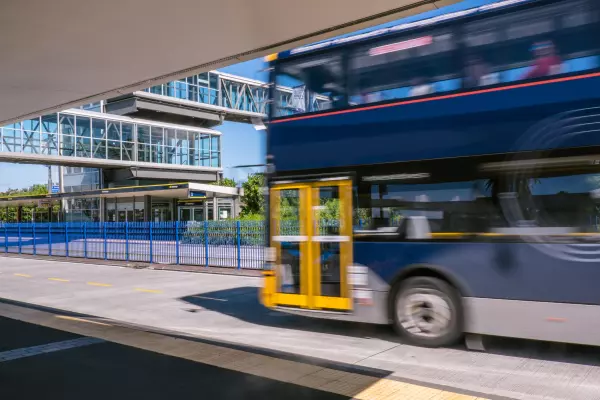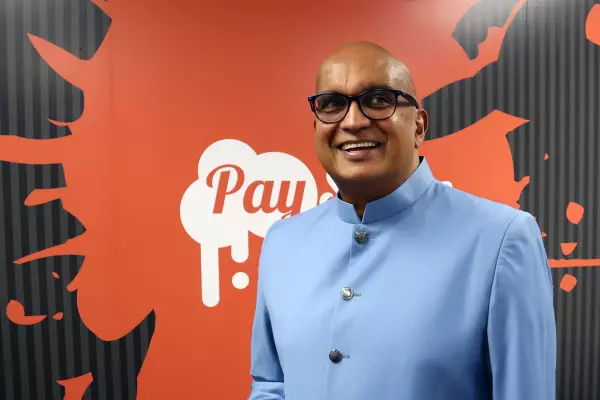Article provided by Chorus
Sales of business-grade fibre connections have taken off in the last three years.
In January 2019, there were 40,000 business-grade lines. By November 2022, this had climbed to more than 100,000, that’s an increase of 150 percent in under three years.
Chorus chief customer officer Ed Hyde says covid is behind the fast growth.
“Video calling went through the roof during lockdowns when people worked from home. It went from something people might use once or twice a week, to something people use for hours each day. We could see the effect of that on our network.
"For a lot of internet use, the data traffic is mainly downloaded. With video calling it’s symmetric, people send as much data as they receive.”
As people returned to the office, video calling remained popular because it had proven to be productive. But this meant businesses needed a different kind of data plan.
In the past, online office work was all about email, browsing the web and using web applications.
That meant 90% of office data came down the line.
The new, more symmetric ways of working require plans where the upload speed matches the download speed.
Business-grade fibre connections offer symmetric data speeds. It’s important, but for many customers, it is not the most important reason to switch to a business-grade fibre plan.
When you fly business class, you get the same flight between the same two airports on the same plane as every other passenger.
The difference lies in the services an airline wraps around the flight.
Usually, that means more attentive customer service along with a wider range of food options and a better seat. The airline will whisk you and your baggage through the airport faster. The business class experience means you can be productive faster.
Business-grade fibre
Business-grade fibre is similar.
There is no guarantee of a comfortable seat, but you do get more attentive service.
Business-grade fibre broadband customers go to the front of the queue if there’s a network fault. There is also a wider range of speed and performance options.
Together these extras give customers a clear productivity pay-off.
Jan Behrens, the chief technology officer at Devoli, a company that provides network automation and tools for internet service providers, says this fast restoration time is the key value for most businesses.
He says: “Today’s businesses need to be online around the clock. In the past online channels were an extra for many companies, it wasn’t ideal, but it was OK if they were offline for a while. Then, during the pandemic, the focus shifted online, and everyone’s expectations changed. There is a greater reliance on constant connectivity.”
Business-grade fibre customers get a higher committed information rate or CIR.
This is, in effect, a promise that the line will always perform to a certain bandwidth standard.
Fibre connections often perform way better than this, but a higher CIR coupled with symmetric speed plans means companies can run multiple voice or video channels with confidence.
It’s an easy decision for a business to make.
Hyde says the wholesale cost of Chorus’ most popular consumer-grade fibre connection is $50.50.
That’s for a 300 megabytes per second (Mbps) down and 100 Mbps up connection (plans go all the way up to 8 Gbps Hyperfibre connections). The equivalent business connection costs $54.85 for a line with 500 Mbps down and up. That might translate into a $10 retail price difference.
“For that extra money you get greater business stability. Say you run a small customer contact centre; you’ll want to make sure you have as much uptime as possible. You’ll get faster up and down speeds that are important if you have multiple voice and video lines. If you run a supermarket or a large retail store, it means you’ll get faster payment times as transactions go through quickly and smoothly, that’s important at this time of year,” says Hyde.














